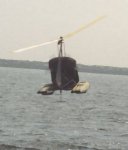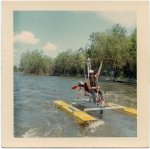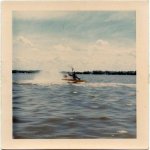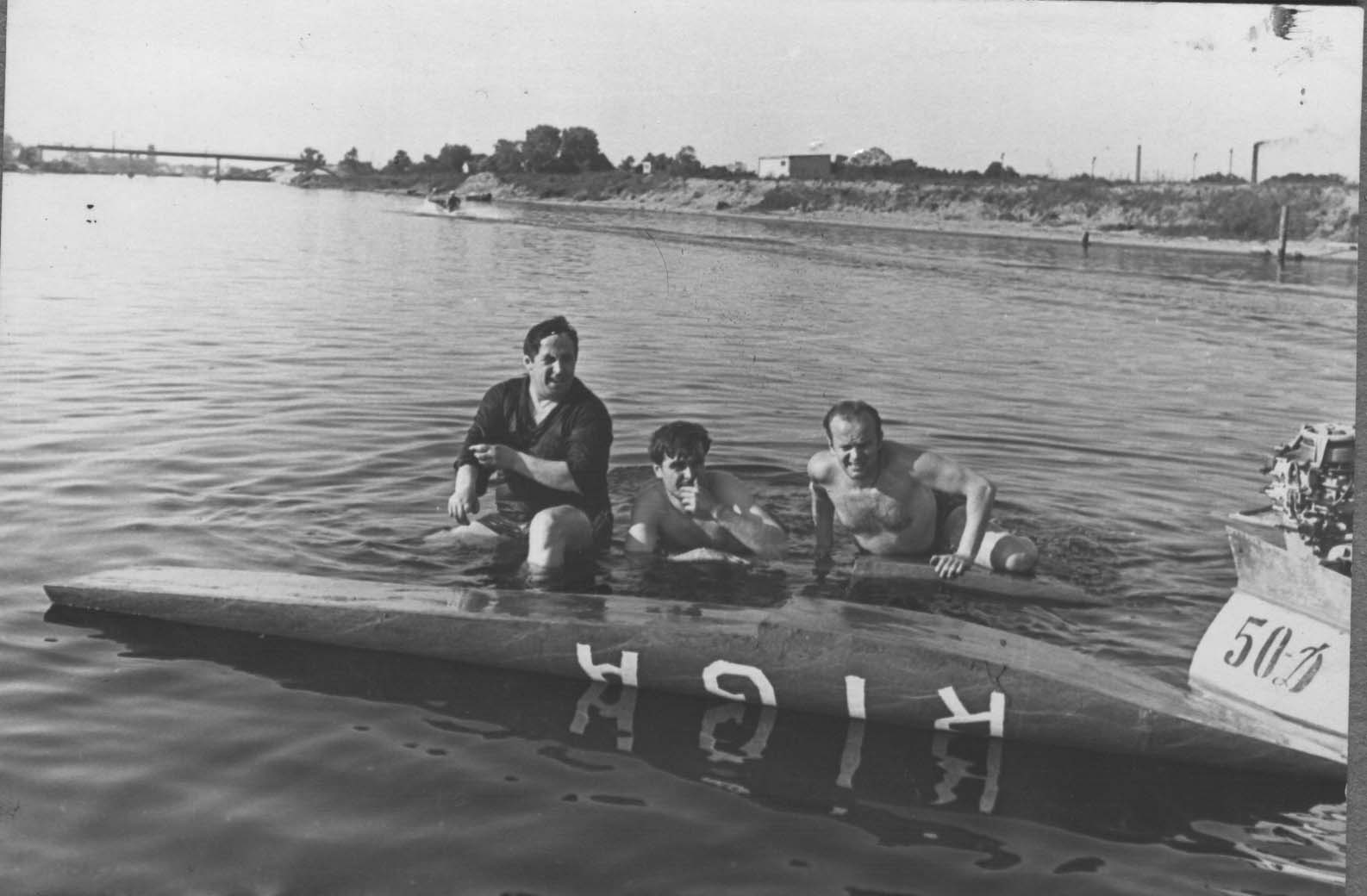rtfm
Gold Member
- Joined
- Mar 24, 2004
- Messages
- 531
- Location
- Brisbane, Australia
- Aircraft
- Robin R2120
- Total Flight Time
- 105
Hi,
I've seen gyros fitted with floats mentioned on the Web from time to time. What's the story about floats? Can they be fitted to any gyro? I would have thought a RAF2000 (or similar) gyro might be top-heavy? The idea is intrieguing, since I live in Auckland, NZ, and there are a zillion bays, inlets, beaches and coves up and down the coast. I'd live to be able to drop in...
Duncan
I've seen gyros fitted with floats mentioned on the Web from time to time. What's the story about floats? Can they be fitted to any gyro? I would have thought a RAF2000 (or similar) gyro might be top-heavy? The idea is intrieguing, since I live in Auckland, NZ, and there are a zillion bays, inlets, beaches and coves up and down the coast. I'd live to be able to drop in...
Duncan






